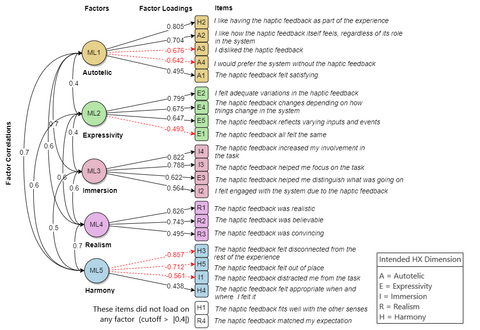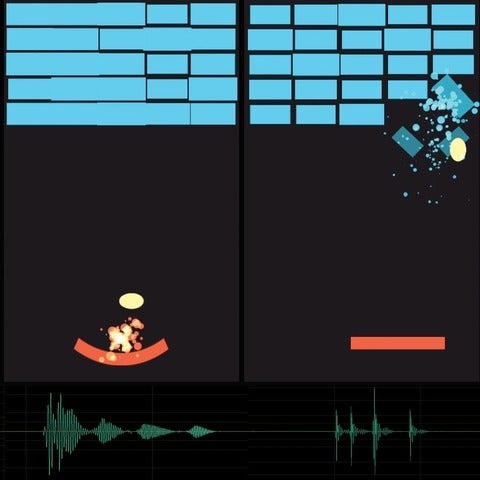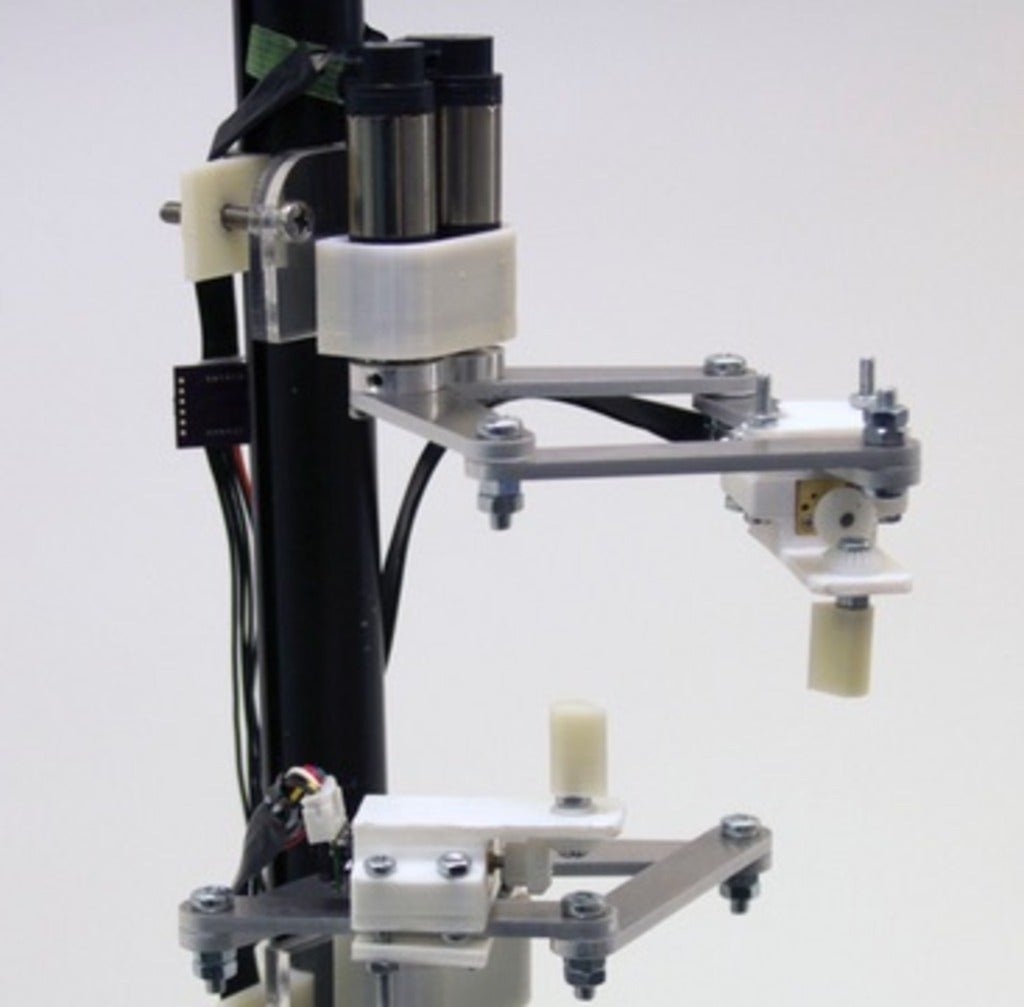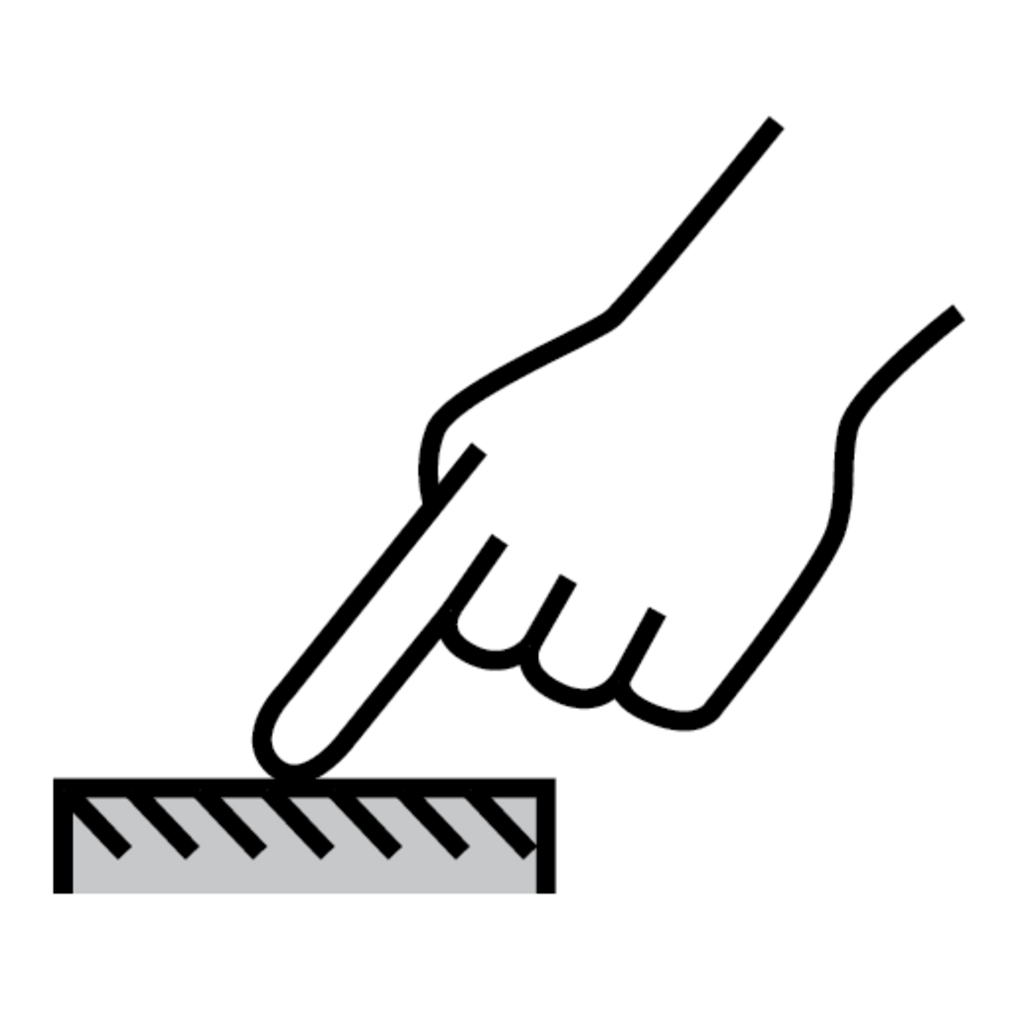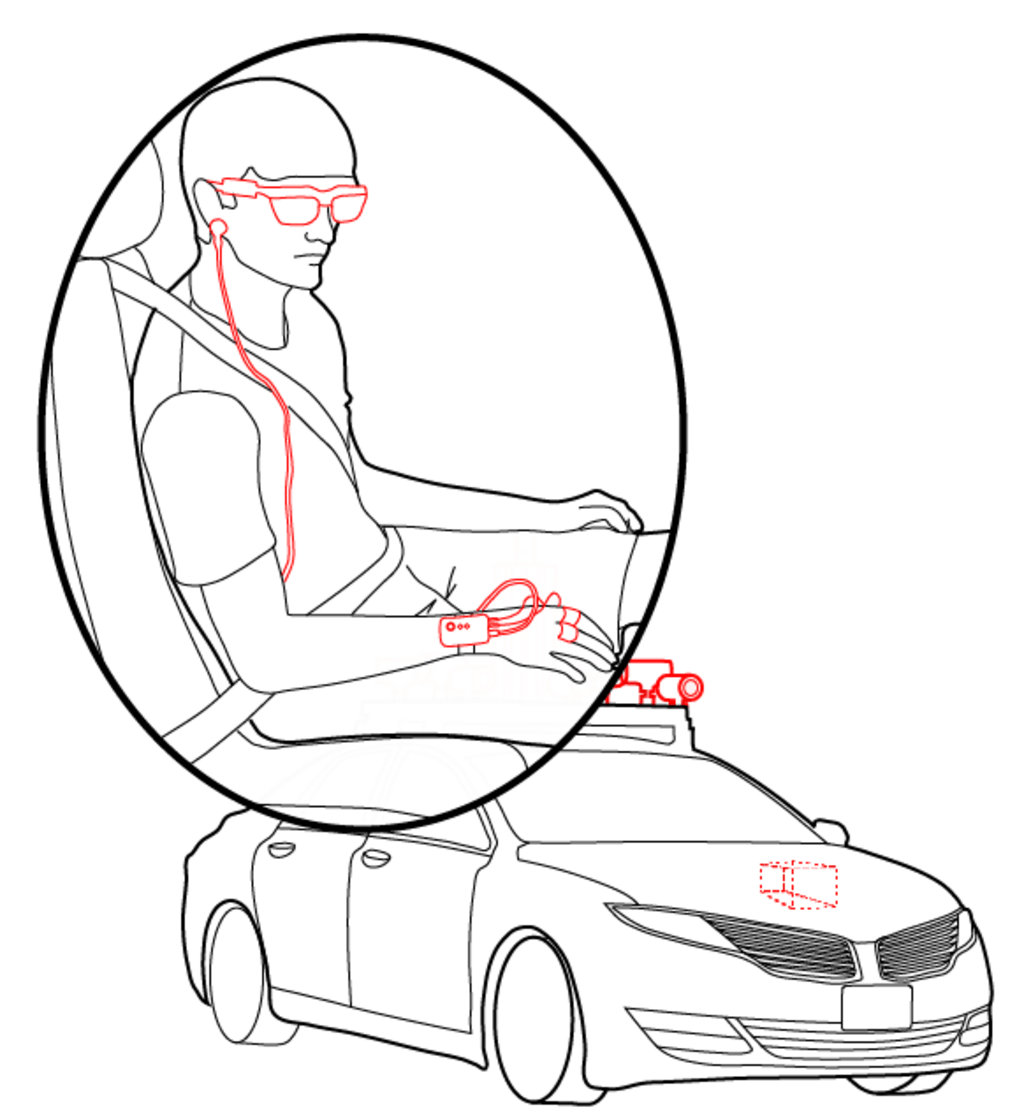We build upon our current efforts to describe and measure Haptic Experience (HX) using scale development.
Projects - search
Filter by:
We build upon the recent Haptic Experience (HX) model and report on progress towards measuring the five foundational constructs for designing haptic experiences.
We adapt terminology from game design to haptic feedback, defining haptic embellishments (HEs) and juicy haptics, and provide the first evidence that vibrotactile feedback can improve measures of player experience (through the PXI scale).
We present a software system for 3D printing that replaces infill material with scrap to reduce material and energy consumption. Using this system, you can insert unused 3D prints, household waste like coffee cups, and off-cuts from other projects into a 3D printed object.
We offer a definition of haptic experience (HX), the user experience particular to haptic technologies, and a model for both experiential dimensions and usability requirements for creating a good haptic experience.
DualPanto is a haptic device that enables blind users to track moving objects while acting in a virtual world.
Haptic Experience Design (HaXD), the process of designing for touch, is extremely challenging but poorly understood. We interviewed professional hapticians to develop a first description of HaXD, identify critical barriers to design, and several recommendations for future support tools.
Autonomous vehicles have been rapidly progressing towards full autonomy using fixed driving styles, which may differ from individual passenger preferences. Violating these preferences may lead to passenger discomfort or anxiety. We studied passenger responses to different driving style parameters in a physical autonomous vehicle.

